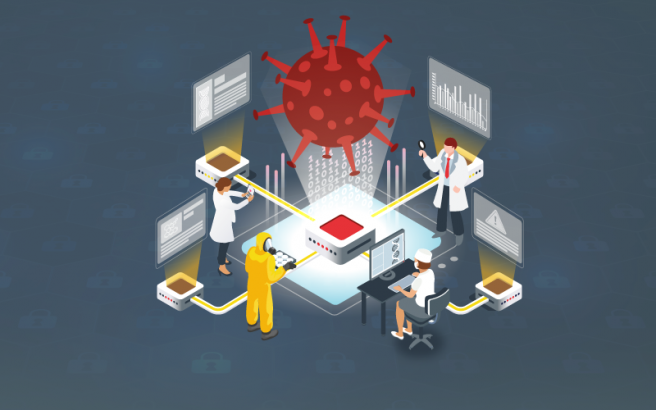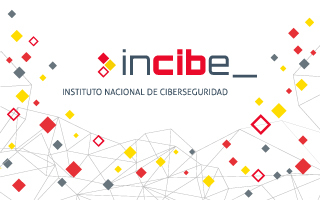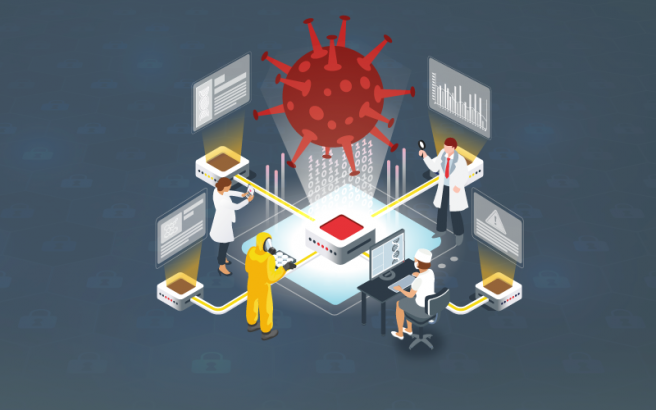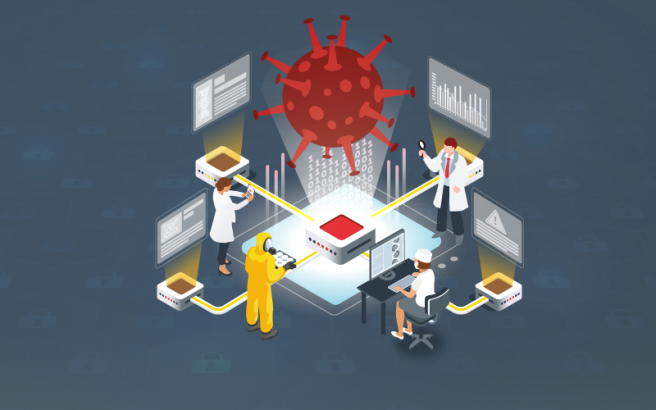
En este estudio, se expone brevemente el origen y evolución de la amenaza ransomware LockBit 3.0, a través del análisis de varias muestras maliciosa, con el objetivo de facilitar la información necesaria para poder identificar las características propias de este malware, su comportamiento y técnicas empleadas, permitiendo así una mejor identificación y respuesta ante ella.

Industrial Control Systems (ICS) were initially designed to work in sealed environments and as stand-alone systems, interconnections between systems were scarce, as were safety protections. The constant evolutions in the field of ICS, including the inclusion of a large number of communication protocols, IIoT devices, the expansion of interconnections, an incessant search for interoperability between systems and the inclusion of these architectures in critical systems, has meant that the networks on which these industrial control systems, has meant that the networks on which these industrial control systems are built, also known as control networks, have increased their security exponentially.

Knowing the resources available when performing tasks of hardening a system, will allow us to optimize the time necessary to obtain a safer system. In addition, we have the possibility of using tools capable of auditing the system that identifies those configurations that are considered safe and which ones we could implement.

Confrontations between countries no longer only take place in the physical world, in this new decade, these confrontations also move to the cyber world. The conflict between Russia and Ukraine is one of the clearest examples. Among the events that have taken place is the security incident known as Industroyer2, which affected an electrical supplier in Ukraine. The Industroyer2 is the evolution of its predecessor, the malware known as Industroyer, which was able to affect multiple protocols of industrial control systems during its execution. This new variant of the malware focuses on a particular communications protocol, IEC-104, which is widely used in Europe and the Middle East to monitor and control the power system via the TCP/IP communications protocol.


Antivirus is one of the main lines of defence when a user downloads a malicious file or an attacker has gained access to the computer and attempts to execute malware. Cybercriminals use various means to avoid an antivirus, using different tools and techniques depending on their type and functionalities. This article details the techniques commonly used, as well as the protective measures we should take to prevent attackers from executing malware on our computers.

The increase in industrial control systems and the shortcomings of those systems in cybersecurity measures have made such systems a preferred target of attacks. The number of tools designed to pose a threat to the OT sector has increased, and the use of the Incontroller tool is especially concerning.

Nobelium es la denominación de Microsoft para un grupo de atacantes que, según la atribución llevada a cabo por la Agencia de Seguridad de Infraestructura y Ciberseguridad (CISA) de Estados Unidos, pertenecen al Servicio de Inteligencia Exterior (SRV) de Rusia. Este grupo criminal es conocido por el ataque a la cadena de suministro de SolarWinds, y una campaña masiva de phishing haciéndose pasar por una empresa de desarrollo estadounidense.

Grandoreiro, also known as Delephant, is a banking trojan from South America, which has spread its operations to other regions, especially Europe, including Spain and Portugal. According to ESET researchers, it has been active since 2015, affecting countries in Latin America, mainly Brazil, where it was developed.



